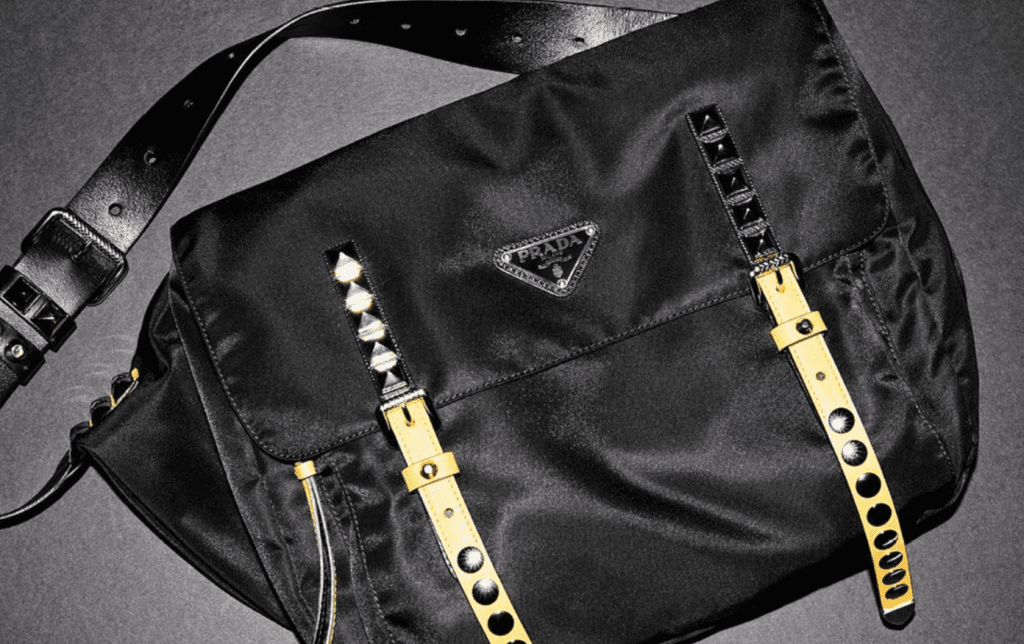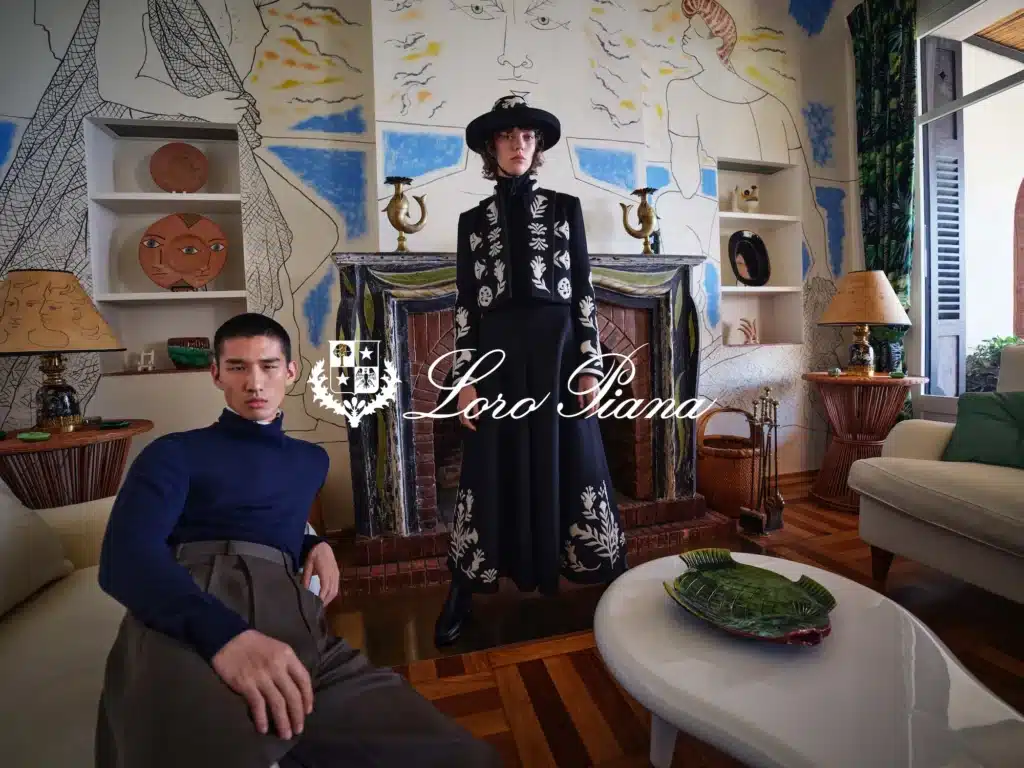The fashion industry has been obsessed in recent years with assigning origin to designs and on that same vein, calling out instances in which deviate. Yet, in light of the consistent pattern of copycat call-outs, originality as the metric for gauging merit is becoming less relevant. Jerry Saltz will tell you this. Last year he spoke out about the protectability – and more generally, the practice of creating – art, saying: “Artists almost ALWAYS use others’ images.” 032c’s Thom Bettridge took on the concept of originality in the introduction to an interview with Virgil Abloh last September, writing, “In the postmodern order [that is fashion], being ‘original’ seems to be the thing that matters least.”
A subsequent System Magazine article, dedicated to Abloh and architect Rem Koolhaas, bears the title, “No One Owns Anything Anymore.” And even more recently, Miuccia Prada, one of fashion’s foremost minds, echoed this notion in an interview with Vestoj, saying: “Nobody actually cares about … who did something first, second or third. Today we have a copy of a copy of a copy. The last one to do something, is the one who invented it.” As a concept, Ms. Prada says that originality simply is “not relevant anymore.”
There is a caveat here, of course, insofar as that originality does matter – and matters rather significantly – in certain circumstances, namely, the law. If a print is original or “creative” enough, it may be awarded copyright protection (and therefore, cannot be legally replicated); the legally-minded among us, however, will know that bar for this is very low. If a name or logo is distinct enough, it may be protected via trademark law. And if an invention or mechanical process is new enough, it may be granted patent protection. Yes, the notion of originality is relevant when it comes to the law.
Originality or novelty is not, however, nearly as relevant in fashion, it seems. This is at least in part because so much of what we see on the runway or on e-shelves – whether it be the silhouette of a dress or the shape of a handbag for Spring/Summer 2018 or Spring/Summer 1988 – has already been done and shown and sold not only once-over, but several times already.
As WWD noted earlier this year, most of what we are seeing nowadays is directly tied to creations put forth over a hundred years ago. “From the drape of a sleeve to the placement of a specific embroidery, the 1800s, by some accounts, were the true genesis of modern fashion as we know it today — when trends began to cycle on a consistent basis.” And due to “cultural circumstances, including the speed of the industry [there is so little time to work out new ideas], and technology,” it has become nearly impossible for designers to look backward for inspiration. “It’s inevitable that designers would be inspired by former fashion,” said Oriole Cullen, the Victoria and Albert Museum’s curator for modern fashion.
Authenticity – Not Originality?
With this in mind, the most striking excerpt from Ms. Prada on this topic is one in which she offers up a distinction between the arguably outdated notion of “originality” and the perhaps more apt metric for appraising the merit of modern fashion: authenticity, which she describes as “when you can add something of your own [to something already in existence] and push things forward.”
This sounds a lot like something that Yirantian Guo, the force behind London-based womenswear label Yirantian, told Vestoj last year. In addressing novelty in fashion, Ms. Guo said the following: “I think a lot about how there isn’t original clothing. A turtleneck already exists. So, what a designer does is represent it using original details, or a seasonal concept, adapting the element to make it her own. That’s the originality. For example, you use buttons and colors and fabrics which fit your brand, and make the item suitable for your target group.” Or as Alve Lagercrantz, co-designer of womenswear label Sirloin, put it: It is “about figuring out how to use [existing] components and play with them.”
This is what design is about, no? It is about advancing the state of fashion by creating garments and accessories that trump earlier iterations. This can be done, for instance, by amalgamating existing design elements into more temporally appropriate/wearable representations, in order to create something “new.”
For example, during his tenure at Christian Dior, Raf Simons went to great lengths to utilize the archives of the late Monsieur Dior. But in order to make garments that were originally created in the 1950’s wearable for 2012 (the year of his debut), he “put those ideas through his own filter,” according to Cathy Horyn. This included, for instance, shortening the lengths dresses – shorter hemlines, evening for evening attire, are much more modern, per Simons.
Fashion, Not Clothes
Maybe even more important than creating anything entirely “new” – which is frankly difficult given how much has already been done in the past – is producing garments and accessories that are appealing to consumers here and now. This frequently takes the form of garments that people can use as status symbols, which is an age-old practice. This makes sense because for the vast majority of people, “fashion” (as distinct from clothes) is not simply about the garments, themselves, and maybe, never has been. Instead, it is about the message that such clothes convey (i.e., their ability to signify your desired status, lifestyle, or mood at any given time without you ever having to utter word). This is what distinguishes fashion from mere clothing.
Moreover, the statement-making ability of garments and accessories, and individuals’ reliance on these things to project or evoke something transcends far beyond – and is more important to no shortage of consumers than – any discussion of novelty or originality. This is likely why brands like Off-White have been able to thrive. It is not primarily about the technical value or design novelty of the garments. It is about the cool factor, the lifestyle, the references (“It crashes together things that distinctly relate with someone who grew up in the 90s. And that’s what fashion is. It’s a recording system of our time,” per Abloh). It is about the “cultural connectivity,” in Mr. Abloh’s own words.
This is why fashion design in 2018 is more “a process of moving things around,” than it is about creating earth-shatteringly novel garments, according to Abloh. “It is all embellishment and upgrading,” echoes Prada.














